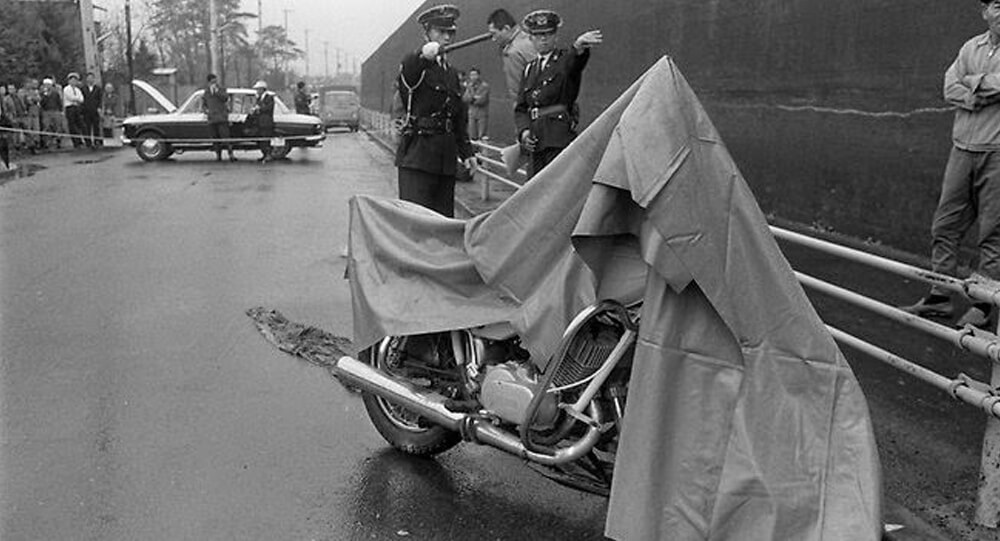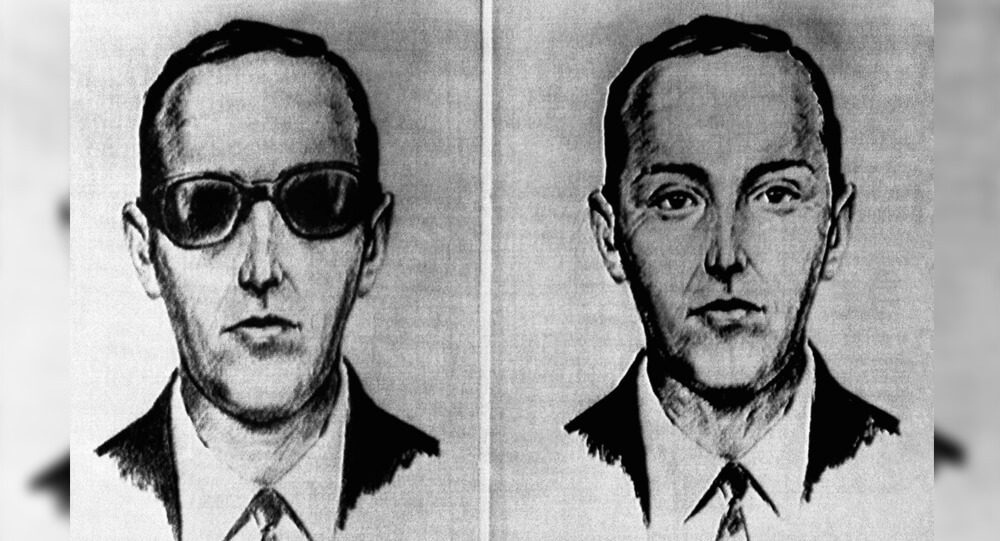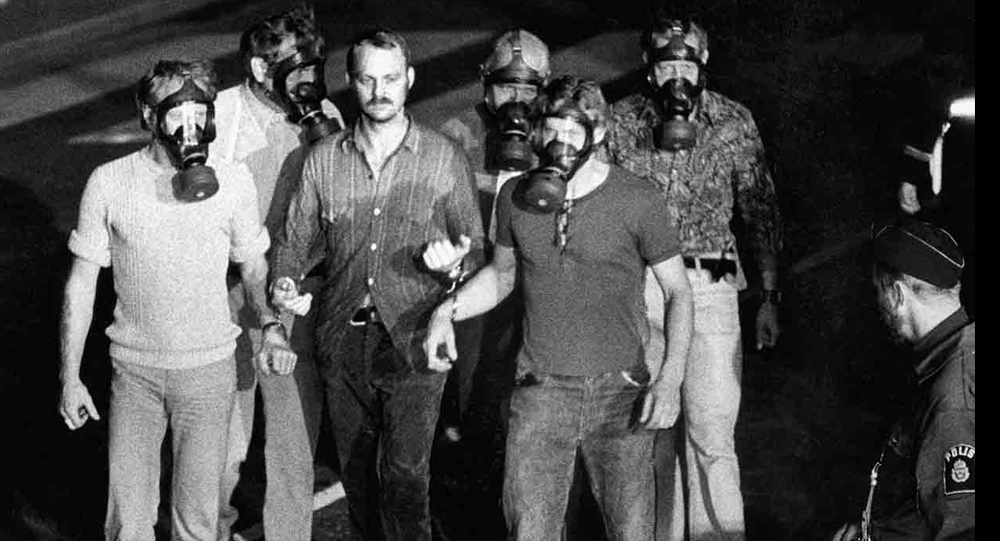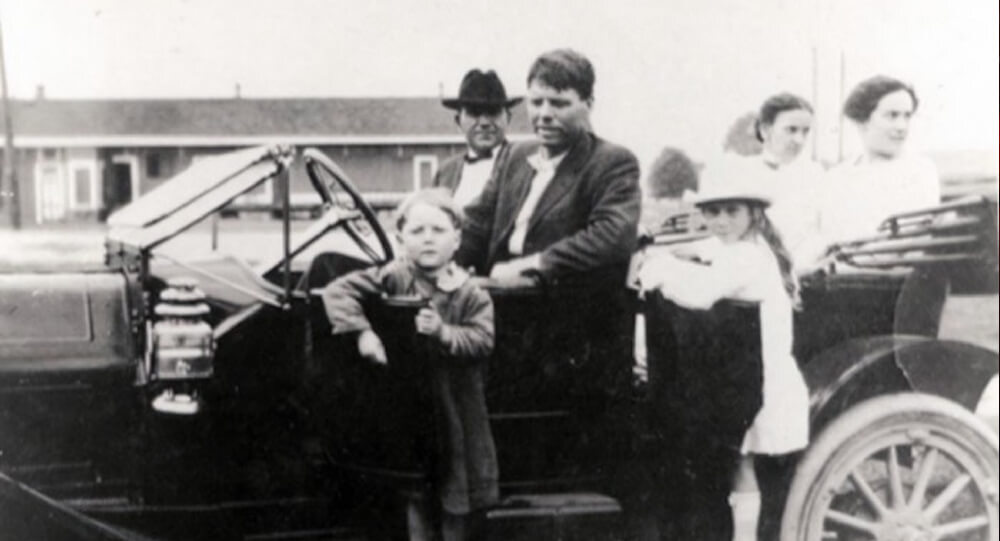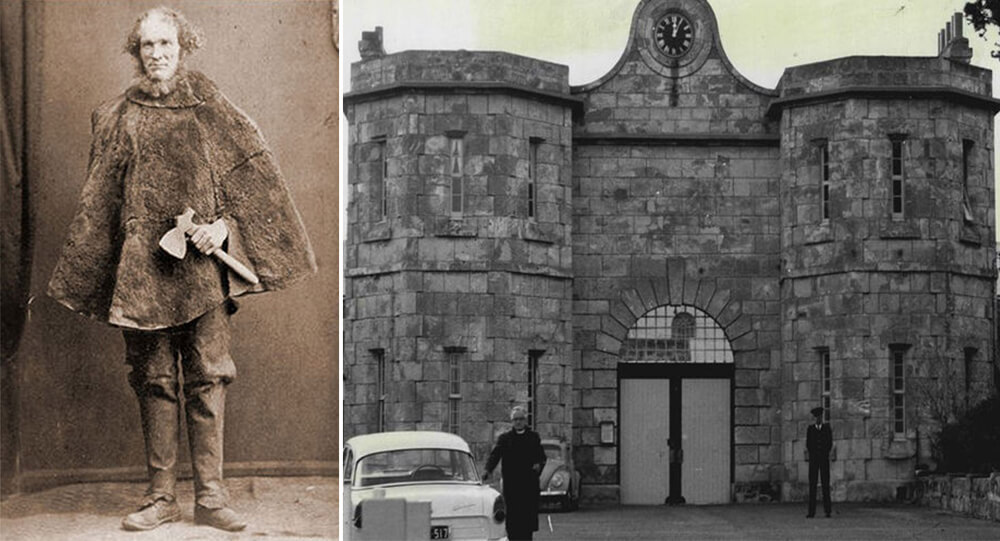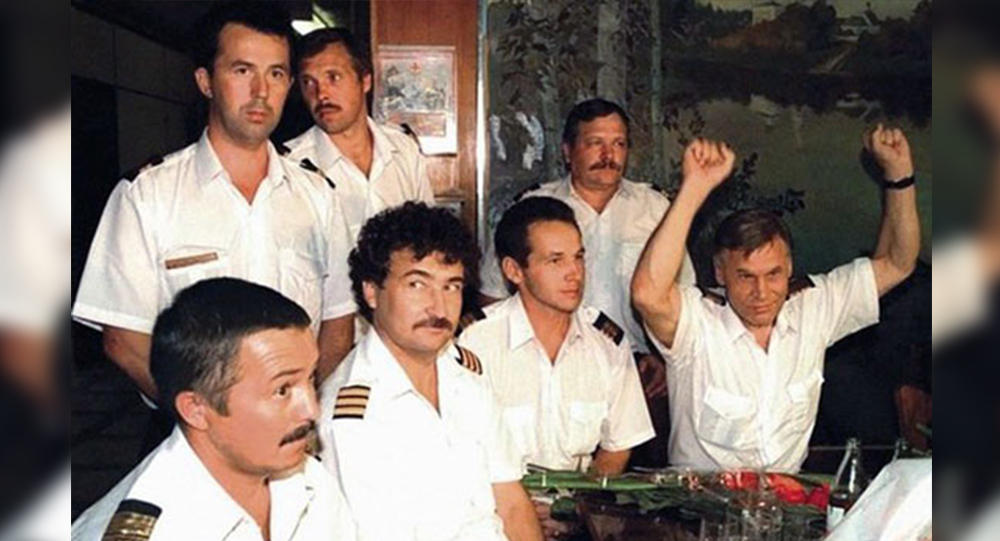

True Story: Russian Pilots Held by Taliban Fought Back and Flew to Freedom
Imagine being held captive for over a year, thousands of miles from home, with little hope of escape. Now, picture yourself seizing an impossible opportunity: overpowering your captors, taking back the very plane that brought you there, and flying it to freedom. This isn’t a Hollywood movie script; it’s the astonishing true story of seven Russian airmen who pulled off one of the most audacious escapes in modern history from Taliban captivity in Afghanistan.
The Capture: A Routine Flight Turns into a Nightmare
It was August 3, 1995, when an IL-76 cargo plane, operated by the Russian company Aerostan and carrying a crew of seven, took off from Tirana, Albania. Their mission: deliver 30 tons of small arms and ammunition to the Afghan government in Kabul. This was during the Afghan Civil War, a complex and dangerous period, and such flights were routine, albeit risky. However, on this particular journey, as they flew over Afghanistan, a Taliban MiG-21 fighter jet intercepted them.
The Taliban, a growing Islamist fundamentalist movement, accused the Russian crew of illegally transporting weapons to their enemies. Despite the crew’s protests that they were merely a commercial flight cleared by international authorities, the MiG forced them to land at Kandahar International Airport, which was then under Taliban control. The crew, led by Captain Vladimir Sharpatov, was immediately taken into custody, and their plane was impounded. What followed was 378 days of uncertainty, negotiation, and unimaginable hardship.
Life in Captivity: A Year of Uncertainty and Resilience
For the next 13 months, the seven Russian airmen were held captive in Kandahar. Their conditions varied, sometimes they were confined to their aircraft, at other times moved to a compound. They faced constant pressure to convert to Islam, with their captors attempting to coerce them through a mix of psychological tactics and deprivation. The Taliban considered them prisoners of war, despite their civilian status, and refused to release them without significant concessions from the Russian government, including prisoner exchanges and an end to Russian support for the Afghan government.
Throughout their ordeal, the crew maintained their resolve. They meticulously planned their daily routines, exercised, and kept their hopes alive. Sharpatov, a veteran pilot, understood the importance of maintaining discipline and morale among his men. Crucially, they also kept a close eye on their impounded aircraft. They convinced their captors that the plane needed regular maintenance to remain airworthy, allowing them periodic access to the IL-76. This seemingly mundane activity was, in fact, their lifeline and their path to freedom.
The Audacious Escape: Seizing an Unbelievable Opportunity
The opportunity came on August 16, 1996. The Taliban guards, perhaps complacent due to the long captivity and the perceived impossibility of escape, were unusually lax. The day before, the crew had convinced their captors that the aircraft’s tires needed rotating, a task that required all seven men and a longer period of access to the aircraft. This was their moment.
While performing the “maintenance,” they secretly started one of the IL-76’s four engines. The noise, surprisingly, didn’t immediately alarm the guards, who were observing from a distance. With incredible speed and precision, the crew quickly started the remaining three engines. The surprise was total. Before the bewildered Taliban guards could react, the massive cargo plane began to taxi down the runway. As they gained speed, a single Taliban pickup truck gave chase, but it was no match for the roaring jet. The IL-76 lifted off, leaving Kandahar and their captivity behind, embarking on a daring flight to freedom.
The Flight to Freedom and the Aftermath
The escape flight was fraught with peril. They had no official flight plan, no communication with air traffic control, and were flying over hostile territory. Their fuel was limited, and they were unsure if they would be intercepted by other Taliban forces or even Russian aircraft unfamiliar with their situation. However, Sharpatov, with his extensive experience, navigated expertly, maintaining radio silence until they were well clear of Afghan airspace. They eventually landed at Sharjah International Airport in the United Arab Emirates, where they were met with disbelief and overwhelming relief.
The news of their escape sent shockwaves around the world, particularly in Russia, where the crew were hailed as national heroes. They were awarded the title Hero of the Russian Federation, the highest honor in the country. Their incredible story became a symbol of human resilience, courage, and ingenuity against overwhelming odds. The incident also highlighted the volatile geopolitical landscape of Afghanistan in the 1990s and the dangers faced by those operating in conflict zones.
Fascinating Trivia & Lingering Questions
- A Global Effort: While the escape was the crew’s daring act, behind the scenes, there were extensive diplomatic efforts, including negotiations led by Russian diplomats and American intermediaries, that contributed to a weakening of the Taliban’s resolve.
- Hollywood Inspired: The story was so dramatic that it inspired the 2010 Russian film “Kandahar,” bringing the harrowing ordeal and triumphant escape to a wider audience.
- The “Maintenance” Ruse: The crew had been consistently performing maintenance tasks, including routine engine run-ups, which lulled the guards into a false sense of security.
- Uncredited Heroism: One of the most critical aspects was the pilots’ constant lobbying for, and access to, their aircraft to perform “essential maintenance,” which was truly preparing their escape vehicle.
- No Shots Fired: Remarkably, the escape was achieved without any exchange of gunfire, relying solely on surprise and speed.
Conclusion: A Testament to the Human Spirit
The escape of the seven Russian airmen from Kandahar is a powerful testament to the indomitable human spirit. It’s a story of extraordinary courage, strategic thinking under duress, and the unyielding desire for freedom. It reminds us that even in the bleakest circumstances, hope can be found, and with enough determination, the seemingly impossible can be achieved.
This isn’t just a tale of daring airmen; it’s a profound narrative about resilience, teamwork, and the lengths to which individuals will go to reclaim their lives. Their journey from captivity to freedom, soaring above the Afghan desert, continues to inspire and remind us of the power of the human will.

Scientists separated triplets at birth for a controversial experiment and had no idea what they were doing
As part of an experiment, a set of triplets was intentionally separated at birth and given to three sets of parents from different socioeconomic backgrounds. It was discovered in 1980, when two of the triplets attended the same college.

A woman accidentally tipped $7,723 for coffee and some cake and never get the money back
In 2018, a woman accidentally paid $7732 for a cup of coffee and a cake at a Swiss café after accidentally entering her PIN code as a tip. She never received a refund.

In 2018, a 30-year-old survived a close-range gunshot thanks to silicone implant
In 2018, a 30-year-old woman from Toronto, Canada survived a close-range gunshot thanks to her silicone breast implant. Doctors believe that the implant deflected the bullet away from her vital organs, and her only injury was a fractured rib.

During the 1996 Olympic bombing, Richard Jewell falsely accused of committing the crime after saving dozens of people
Richard Jewell, an American security guard, discovered a bomb during the 1996 Olympic Games in Atlanta and assisted in the evacuation, but was later wrongfully accused and faced public scrutiny. He was cleared, but it had a lasting impact on him until his death in 2007 at the age of 44.

The great robbery: 300 million yen robbery
In 1968, a car driven by bank employees was pulled over by a motorcycle cop claiming the car had been rigged with a bomb. The cop got under the car to “defuse” the device. When the car started to smoke, everybody ran. Then the “cop” just drove the car away. The 300M Yen robbery remains unsolved

Susan Kuhnhausen Killed the Hitman Sent to Kill Her
Susan Kuhnhausen's ex-husband hired a hitman to assassinate her. Susan "made a decision to live" in that terrifying moment.

Andre Stander: The Police Officer Who Became a Bank Robber
Like scenes from a blockbuster movie, Andre Stander robbed Banks during his lunch breaks and returned to the scene as the lead investigating officer

The youngest person executed, George Stinney Jr was proven innocent
In 1944, George Stinney Jr. was 14 years old when he was executed in South Carolina. It took only ten minutes to convict him — and 70 years to exonerate him.

The truth behind the murder of Cara Knott
After the murder of Cara Knott in 1986, a local news station filmed a ride-along segment with a highway patrol officer named Craig Allen Peyer who talked about women’s safety and gave tips on what to do when stranded on the road. That same officer later turned out to be the “Knotts killer.” He was convicted of the crime in 1988.

Story of Dennis Lynn Rader, the BTK Killer
Dennis Lynn Rader is an American serial killer known as BTK who worked for a home security company and installed systems in the homes of numerous citizens who were concerned about the murders he himself had committed.

D.B. Cooper: Man who hijacked a plane and jumped out with a $200,000
On November 22, 1971, DB Cooper hijacked a Boeing 727, drank a whisky, smoked a fag, and then jumped out of the plane with $200,000. He was never again seen.

The Heartbreaking Story Of Robert Turner, The Boy Whose Mother Died Because 911 Failed Him
Five-year-old Robert Turner of Detroit witnessed his mother Sherrill die from a heart condition in February 2006, all because two 911 operators mistook his desperate calls for help for a prank.

Man dressed up as his dead mother to keep home, benefits
A 51-year-old man in Brooklyn named Thomas Parkin dressed up as his dead mother Irene for six long years since 2013 and collected her social security checks. He did other real estate frauds too that totaled up to $115,000.

The story of Nike's famous tagline "Just do it"
Nike’s inspiration for their slogan “Just do it.” came from a man who was about to get executed, and his final words to the firing squad was “let’s do it!”

The Birth of Stockholm Syndrome: The 1973 Bank Robbery That Changed Psychology
In 1973, a botched bank robbery in Stockholm, Sweden, led to a six-day hostage crisis, where captives began defending their captors—giving rise to Stockholm Syndrome. Strangely, one hostage later befriended a robber, and another raised money for their legal defense, baffling psychologists and law enforcement alike!

Japanese man accidentally switched at birth grew up in poverty while other baby lived life on privilege
In 2013, a 60-year-old Japanese man found out that he had been accidentally switched at birth. His biological parents were wealthy, but he was given to a struggling, single mother. While the infant who took his place grew up with all the luxuries and became the president of a real estate company, he grew up poor and became a truck driver. He later sued the San Ikukai Hospital in Tokyo that made this awful mistake in 1953.

Man who robbed bank to get away from wife sentenced to home confinement
In 2017, a 70-year-old man robbed a Kansas City bank, then sat down in the lobby waiting for the Police to arrive stating he’d rather live in jail than with his wife. He was arrested but rather than thrown in a cell he was sentenced to 6 months of home confinement.

Michael Crowe Found 'Factually Innocent' In Sister's Murder
In 1998, 14-year-old Michael Crowe was charged with the murder of his sister. The police started targeting him after he seemed “distant and preoccupied” when his sister’s body was discovered, and during interrogation, police coercion led him to make a false confession. He was later declared factually innocent and the family won a lawsuit of $7.25 million in 2011.

The Great Greek Swimming Pool Scandal: When Satellites Exposed a Tax Evasion Wave
Only 324 residents of a wealthy neighborhood in Athens admitted to owning swimming pools on their tax returns. To verify the truth, Greek tax authorities studied satellite photos of the area and found a total of 16,974 pools. The majority of people had simply lied about their assets to save on taxes.

Brazilian gang leader attempts to escape from Rio de Janeiro prison by dressing up as his daughter
In 2019, a Brazilian gang leader tried to escape from prison by dressing up as his daughter when she visited him behind bars and walking out of the penitentiary's main door in her place.

The Unsolved mystery of Bobby Dunbar's Disappearance
In 1912, a four-year-old boy named Bobby Dunbar went missing on a family trip, 8 months later he was found and reunited with his family. Nearly a century later, DNA testing of his descendants revealed that the child reunited with the Dunbar family was not Bobby, but rather a boy named Charles (Bruce) Anderson who resembled Bobby.

Blanche Monnier: Imprisoned For 25 Years For Falling in Love
Blanche Monnier, she was a French woman noted for her beauty, she wished to marry an old lawyer that her mother disapproved of, so she locked her in a small dark room in her attic for 25 years.

Moondyne Joe: The story of Australia's most notorious prison escapee
A man named Joseph Bolitho Johns (A.K.A Moondyne Joe) broke out of Australian prisons so many times that the police were compelled to build a special cell just for him. He escaped from that as well.

Reason Behind The Suicide Of Christine Chubbuck Live On Air
Actor Rebecca Hall had serious reservations about tackling the macabre story around why Chubbuck killed herself in 1974. So what changed her mind?

'Super obedient' lookout parrot trained by Brazilian drug dealers is seized by police
In 2019, police in Brazil seized a 'super obedient' lookout parrot trained by drug dealers. According to reports, the bird had been taught to alert criminals to police operations by shouting: "Mum, the police!" As soon as the police got close, he started shouting.




